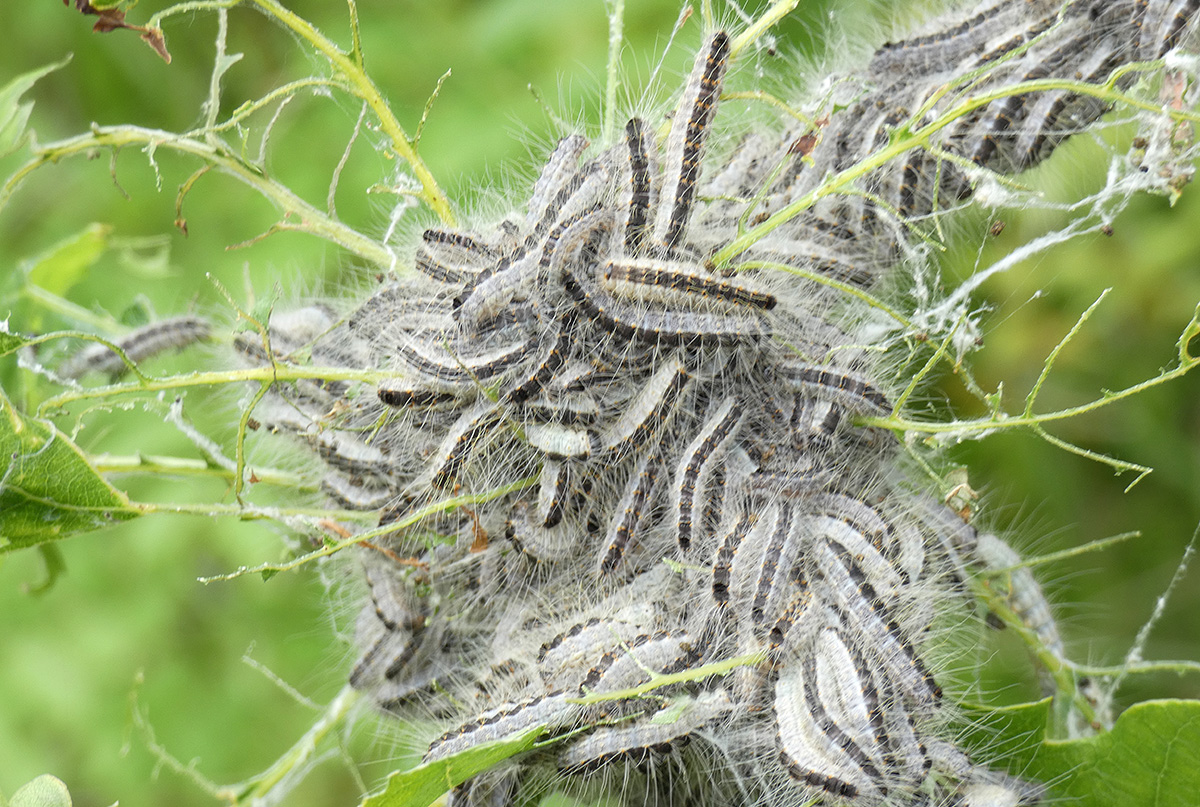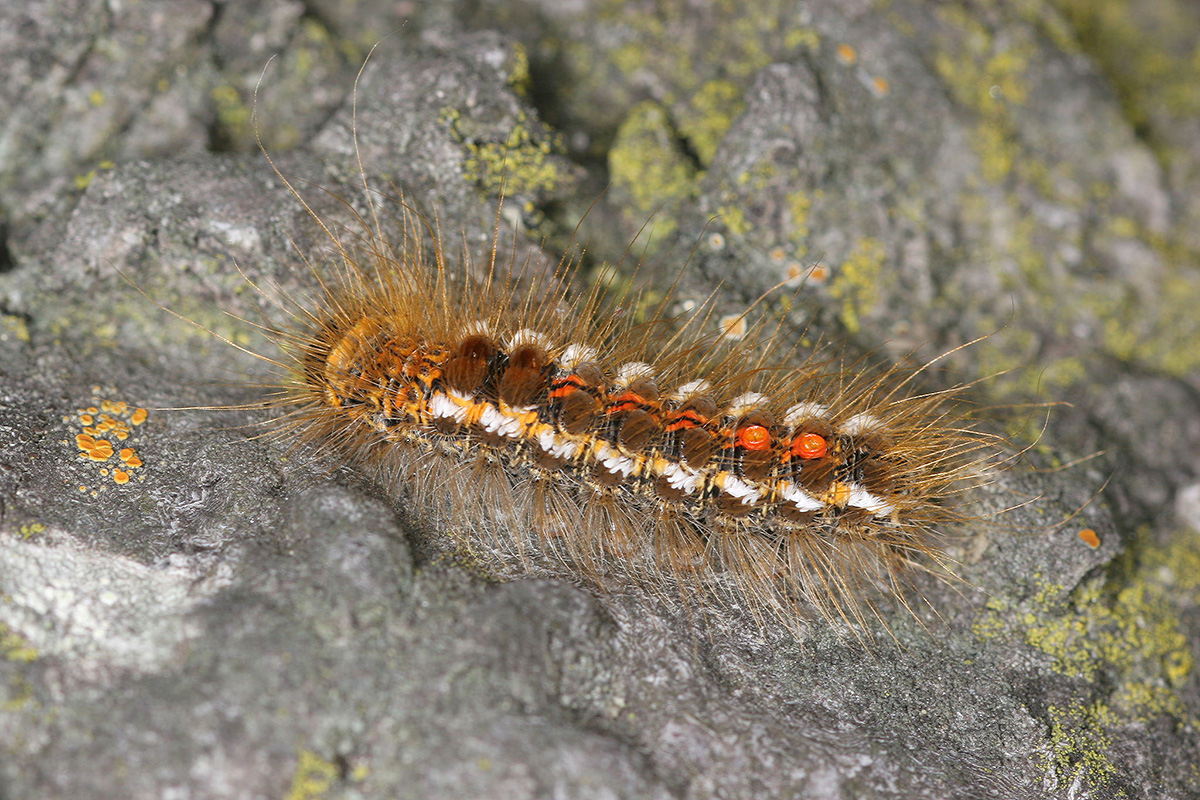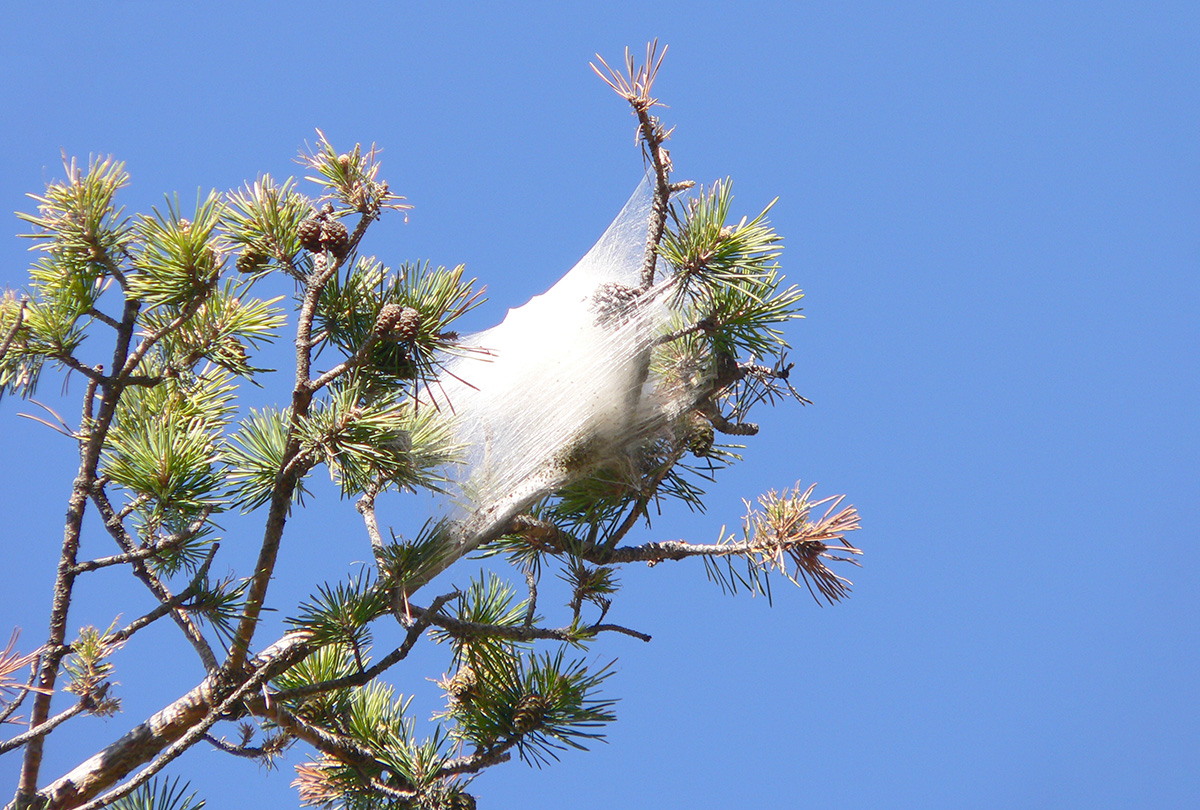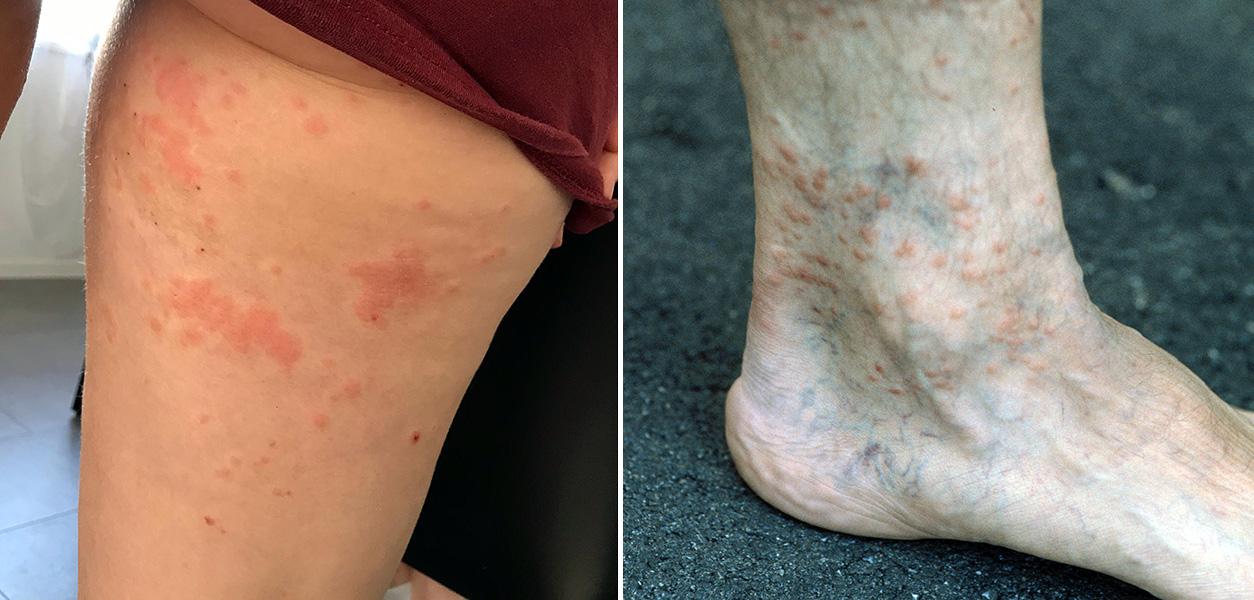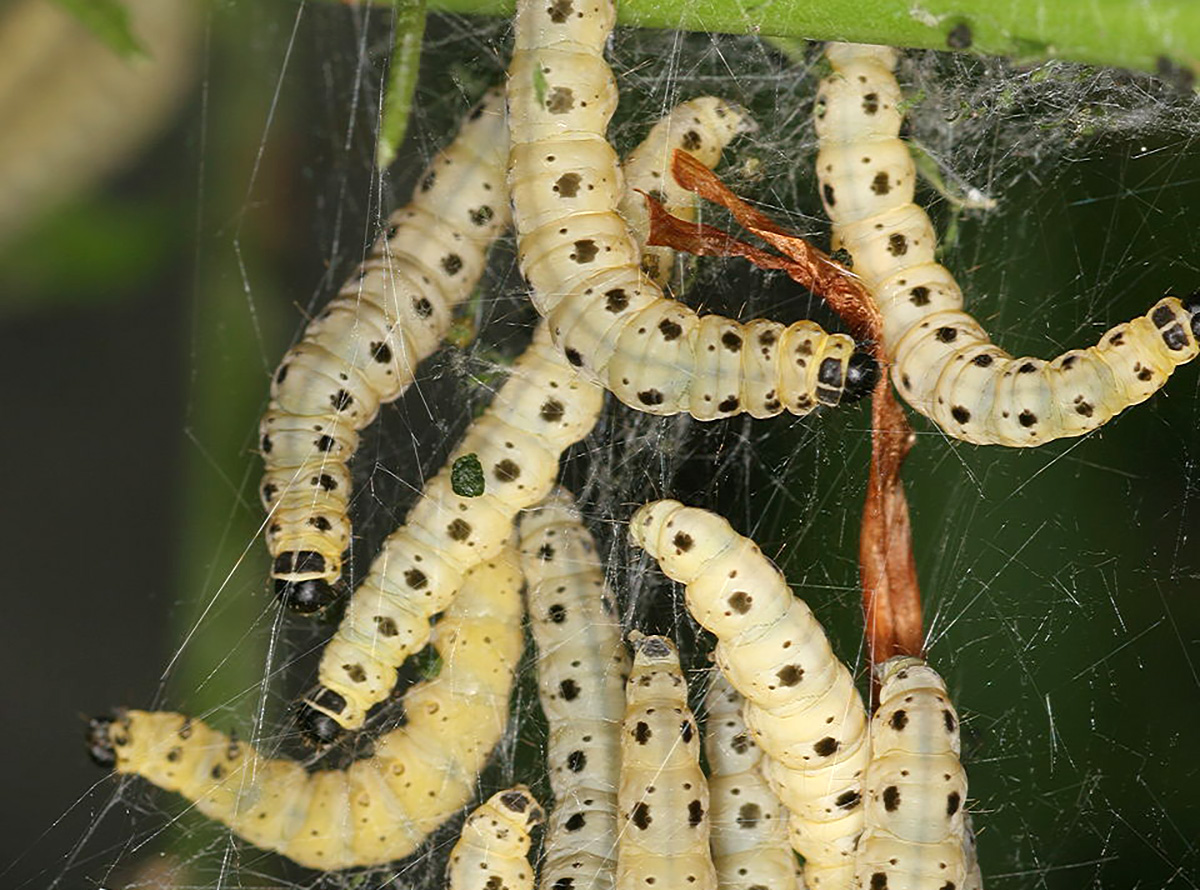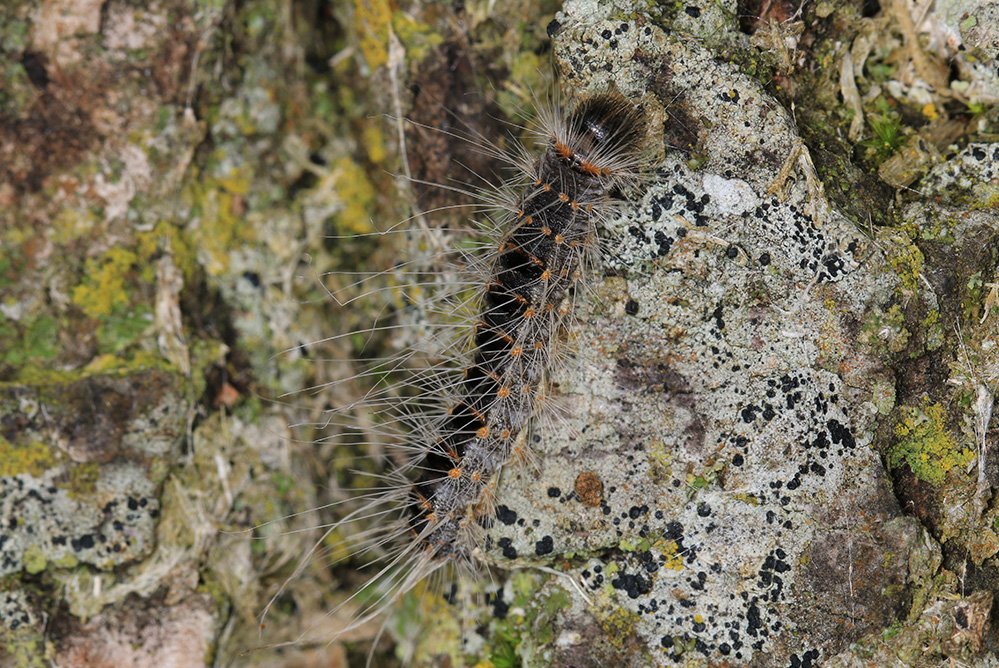Occasionally during the course of maintenance work being carried out along the edge of forests or on street embankments health problems caused by three species of moths can occur. Contact with the stinging hairs of these caterpillars can lead to skin irritation and/or allergic reactions of the skin, mucus membranes or respiratory systems. The species in question are the following:
- The oak processionary moth (Thaumetopoea processionea, Fig. 1)
- The pine processionary moth (Thaumetopoea pityocampa, Fig. 2)
- The gold tail moth (Euproctis chrysorrhoea, Fig. 3)
Why can these caterpillars be dangerous?
Most of us regard butterflies as colourful messengers of summer. Some people are aware that caterpillars can eat voraciously. For instance, the cabbage white dines in the vegetable garden. The mottled umber can damage fruit plantations by eating buds, leaves and blossom. The orchard ermine wraps up the left over bare wood and its surrounding area in white webs. Asian gypsy moth caterpillars manage to defoliate whole forests during their rare mass outbreaks and are a nuisance to people living near by when they move into gardens and houses by the hundreds or even thousands.
All of these species catch our eyes with their webs, nests and intense defoliation, but although they cause a certain amount of damage to cultivated plants they are however harmless from a health point of view.
The three aforementioned species are also noticeable thanks to their nests, webs, defoliation and caterpillar processions but they can also cause health problems. These caterpillars have stinging hairs which can cause itching, skin irritation and also eye problems or damage to the respiratory system.
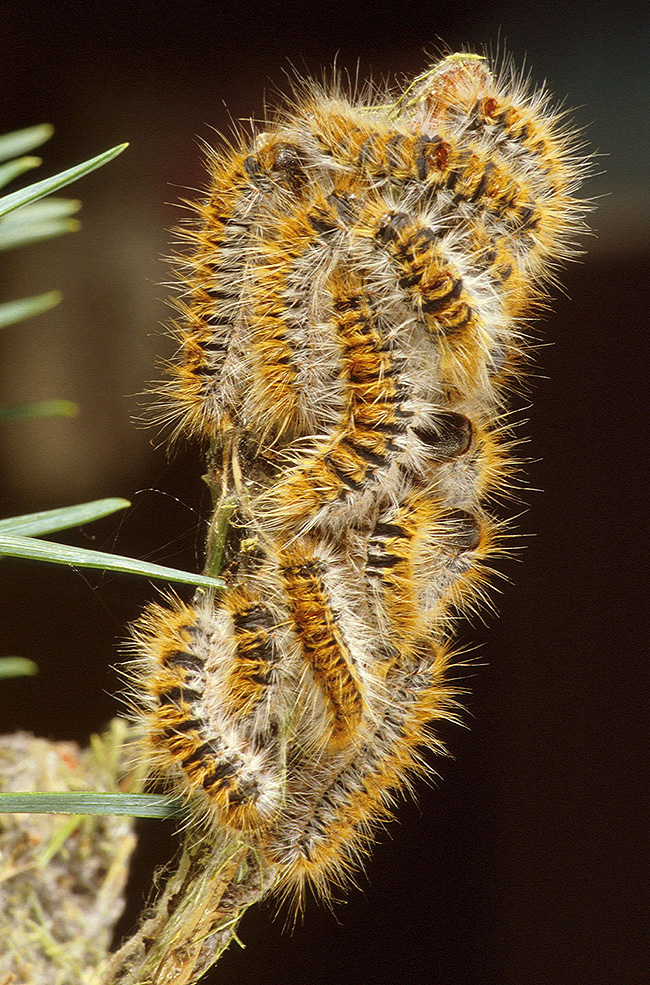
Fig. 2 - Pine processionary moth caterpillars. Photo: Beat Wermelinger (WSL)
What are urticating hairs and what is their function?
Urticating hairs protect the caterpillars and their later stages of development (Pupae, moth, egg) from predators.
- They are tiny: 0.1 – 0.2 mm (This is only true of the processionary moth –the gold tail moth has easily visible golden brown hairs.)
- They are abundant: 600,000 per caterpillar.
- They stick: in the nest, on the bark, in the grass, in foliage and on clothes.
- They snap off when the caterpillar feels threatened and keep their potency over many years.
How does one come into contact with the hairs?
- By being near to or in the general surroundings of infested bushes or trees. The hairs drift in the air and can be blown over a distance of 200 m.
- If the nests or caterpillars are touched.
- If work is being carried out and caterpillar hairs which are present on the ground are stirred up: e.g. by raking up leaves, mowing, or clearing up trimmings.
- When bark in which there was once a processionary moth nest is touched or worked. (The nest of the oak processionary moth is mainly to be found on the trunk, whilst the nests of the pine processionary moth and the gold tail moths are in the periphery areas of the crown.)
The urticating hairs of the golden tail moth, although less aggressive, are however used for protection in every stage of development: the hairs which are produced only by the caterpillars are woven into the pupae cocoons the female then strokes them onto her abdomen from where they make their way into the egg clutches during egg laying.
Symptoms and precautions
Skin irritations (caterpillar dermatitis)
One reaction after contact with stinging hairs of the gold tail moth may be extreme itching; this can occur hours after contact, but may continue over several days. Although only a slight rash occurs after contact with the gold tail caterpillar extreme itching can prevent a person sleeping. After contact with the stinging hairs of oak processionary or pine processionary moths the following symptoms may also occur:
- Redness, swelling, inflammation of the skin
- Inflammation of the conjunctiva and eyes
- Redness, aversion to light, swelling of the eyelids, inflammation of the inside of the eye (extreme case)
- Inflammation of the upper respiratory system
- Inflammation of the throat, swelling of the mucus membrane in the nose, bronchitis, asthma like symptoms, allergic shock reaction (extreme case)
In the case of processionary moths a further complication is that increased caterpillar contact increases the sensitivity and therefore the intensity of reaction of the affected person.
Immediate measures to be taken when affected
- Shower immediately, wash hair (rinse with soap, do not rub), change clothes.
- Do not scratch; free possible contaminated areas of skin using adhesive tape.
- Contaminated clothes should be stored in an air tight container and washed separately at 60 °C, or even hotter.
- The affected areas can be treated with antihistamine (E.g. Fenistil).
- Should there be extreme itching or if other conspicuous symptoms should appear a doctor should be consulted and he should be informed that the person has been in contact with caterpillar hairs.
In Switzerland health problems caused by caterpillars are treated by health insurance companies as accidents (analogue with tick bites).
Measures to be taken in infested areas
a) Assessment of the situation
- What species is involved? Does it have urticating hairs?
- Conflict potential in the area: how often and how urgently must the area be entered?
After a situation has been assessed and it is clear that there is an infestation of caterpillars with urticating hairs then a plan of action will be prepared using the following guide lines:
- Work should be finished with protective clothing or put on hold
- The area should be cordoned off and information made available for probable users
- The case should be recorded and documented (map, photos) for the cantonal security representative and as a basis for long term measures
- Control measures for caterpillars or plans for long term preventative measures should be planned together with experts.
b) Prevention measures
In areas infested by gold tail or pine processionary moths the total removal of all possible winter nests can provide infestation free areas which should last at least up until the following autumn.
Non dangerous species without urticating hairs
Harmless species which have a similar biology and whose population could be endangered should not be controlled:
a) Small eggar (Eriogaster lanestris)
Wide spread in the canton of Wallis, otherwise sporadic in the cantons of Tessin, Bündner Rhine Valley, the area around Zürich, and in the Walensee area. Due to its rarity it should be protected. Nests should never be removed!
- Feeding plants: Birch, blackthorn, sweet chestnut, sweet cherry
- Difference to gold tail moth: the up to 20 cm large nest hangs like a bag
- Difference to the pine processionary moth: the species does not go onto pine trees
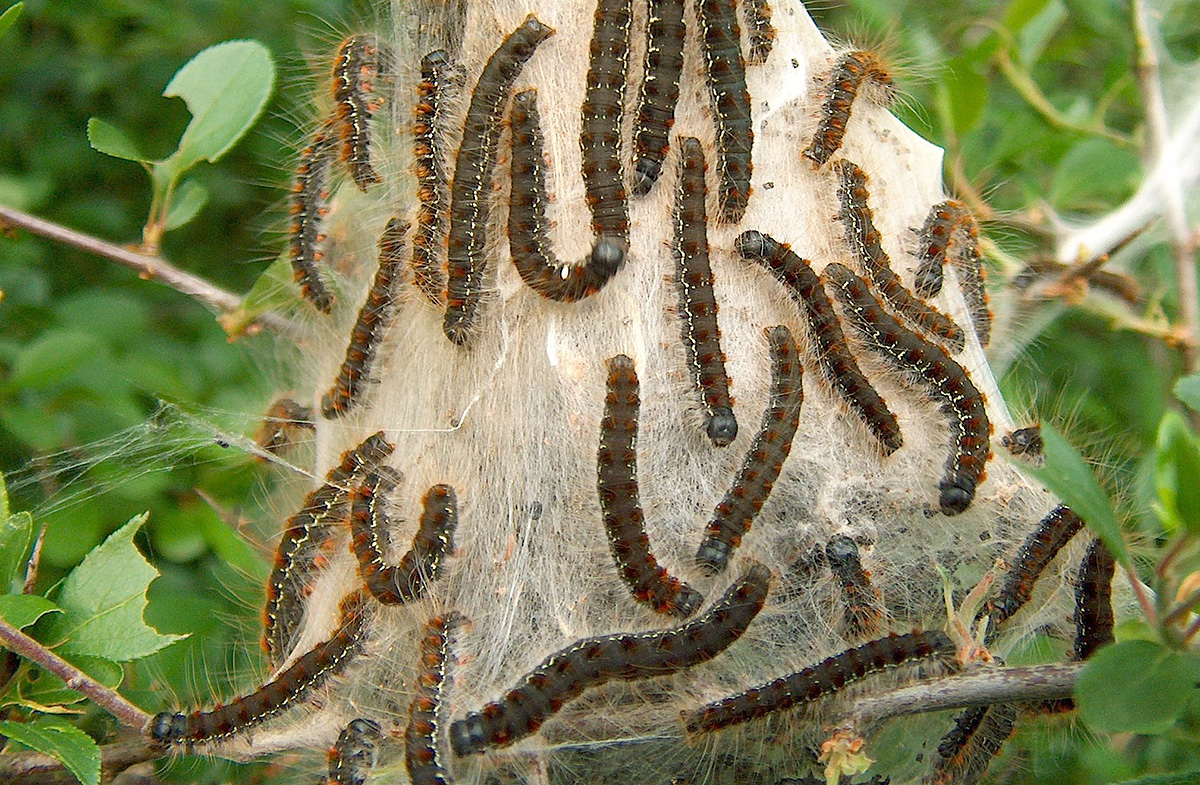
Fig. 6 - Small eggar. Photo: Markus Hagenlocher, Wikimedia, Creative Commons
b) Ermine moths (Yponomeutidae)
Nine very similar species, generally very widespread.
- Feeding plants: spindle tree, fruit trees, willow and other bushes
- Similarities: complete defoliation of bushes (in June)
- Differences: after defoliation veil like webs cover whole plants.
Distribution and occurrence
The three species with urticating hairs were at one time more widely spread in Switzerland and more common. Their population was drastically reduced by the thoughtless use of insecticides in agriculture. In Switzerland and in near by neighbouring countries they are now once again on the increase. This increase is being encouraged by global warming. Distribution maps can be found in the leaflets (see download).
The pine processionary moth has been observed for some time in several areas in southern Switzerland. Since the beginning of the 1990’s there has been an increase in the appearance of the oak processionary moth and the dark gold tail moth: with the oak processionary moth occurring more rarely than the dark gold tail moth. All three species are capable of mass reproduction.
Translation: Dawn Meister, Wettswil

